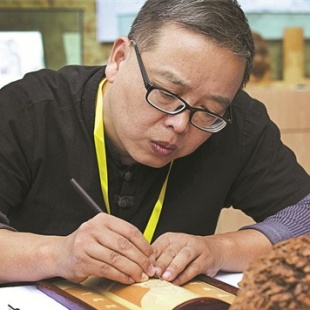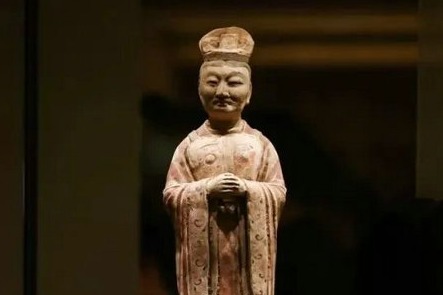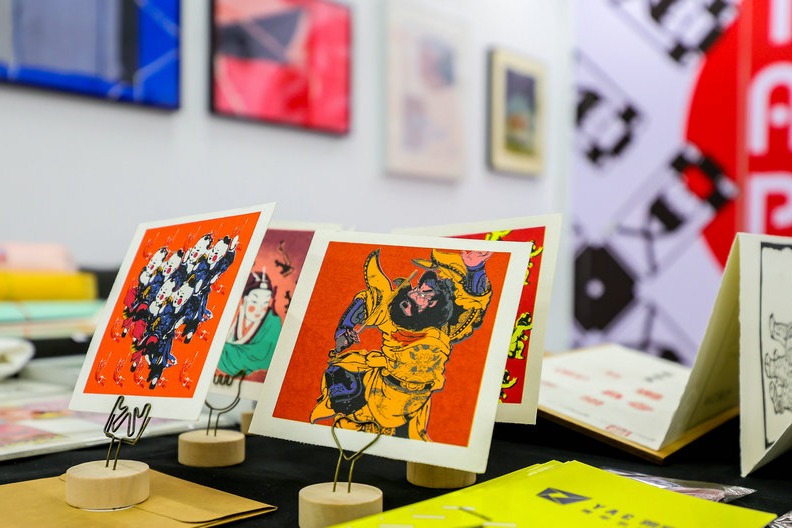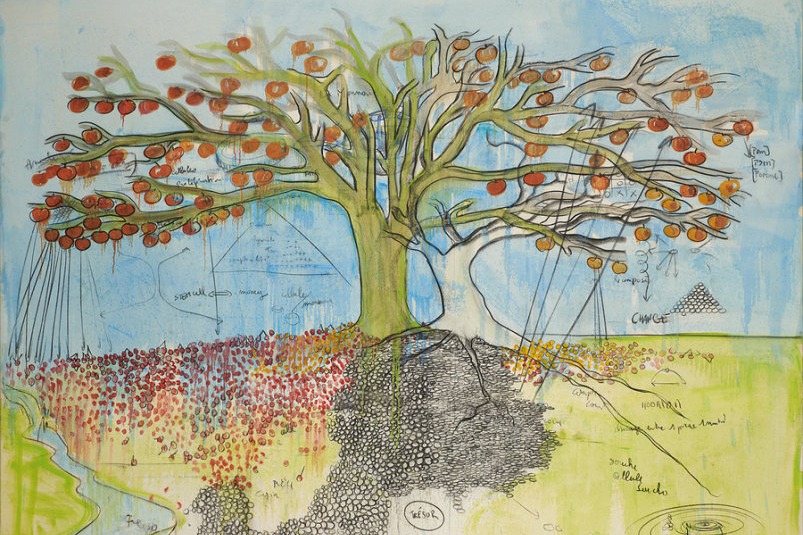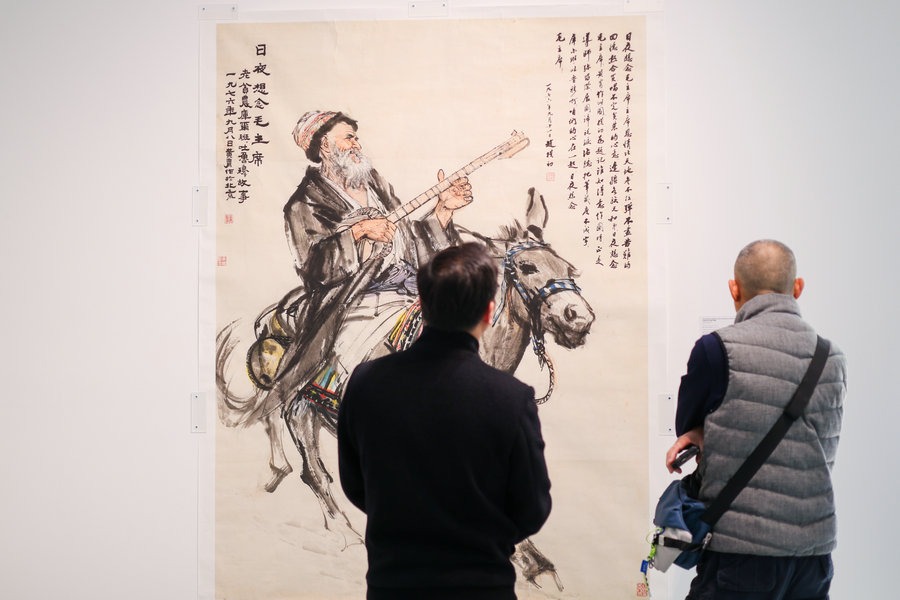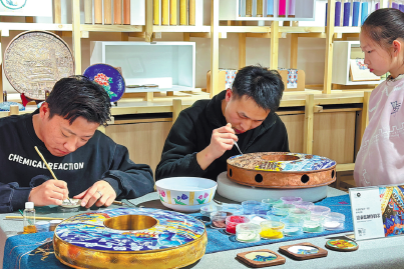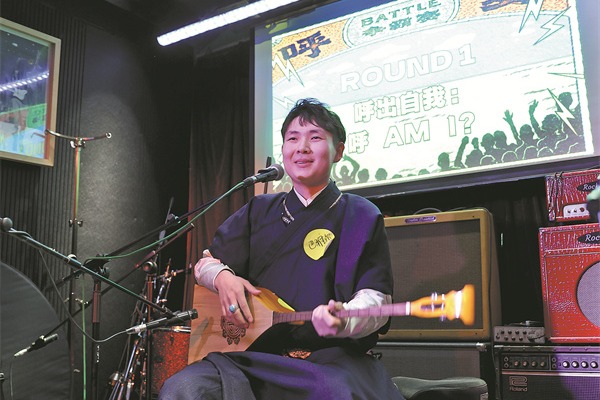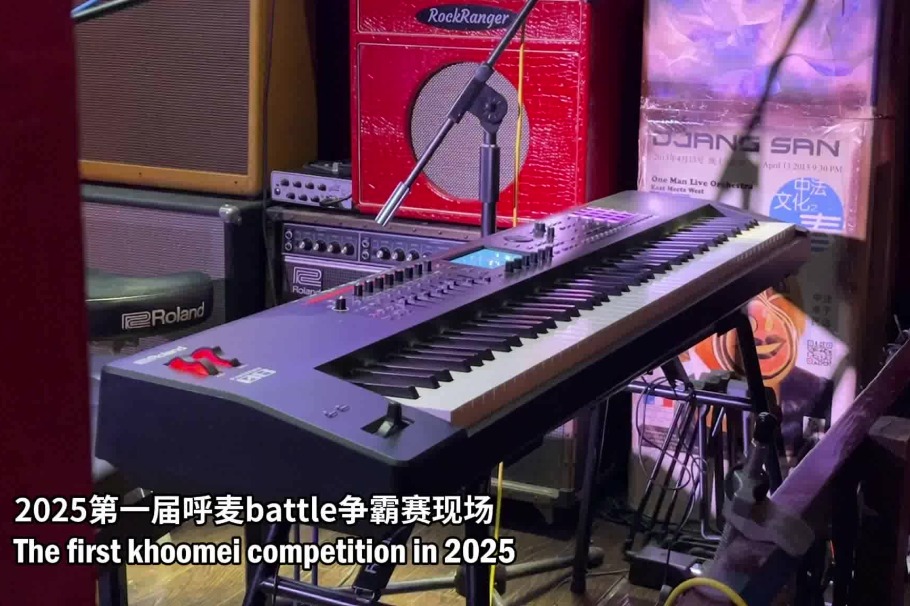The maker of miniature worlds
Hakka bamboo artisan carves space for ancient art in modern life, Yang Feiyue reports.

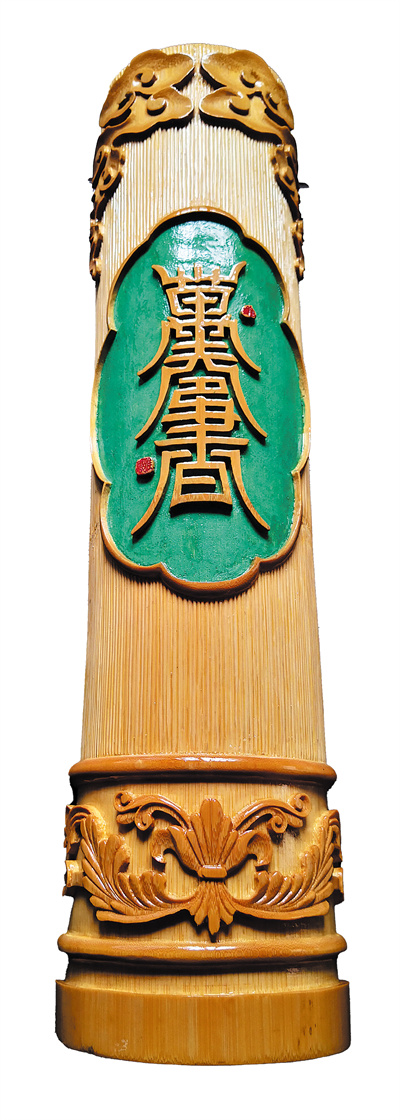
In 2021, he was named a provincial-level inheritor. He is known for the diversity of his subjects, including mist-shrouded mountain ranges, delicate bird portraits with feathers rendered through microscopic incisions, architectural wonders, and calligraphic masterpieces.
Recognition has since followed.
One of his pieces, a representation of heyu (lotus fish) measuring a mere 20 by 8 centimeters in size, masterfully incorporates 15 lively carp swimming among lotus leaves and blossoms on the inner wall of the bamboo.
In 2016, a number of his liuqing (reserved green) pieces, made using technique in which the natural gradation of the bamboo's outer skin is preserved, were purchased by museums in Jiangxi.
In 2017, Guo opened a Hakka bamboo carving workshop, the first of its kind in Ganzhou, where he has since been busy creating custom-made carved bamboo, and teaching students in an effort to pass the tradition down in this ever-changing world.
He organizes regular workshops, attracting visitors of various ages, from curious 6-year-olds to doctoral candidates, who wish to learn the intricate techniques.
He has trained 30 apprentices, two of whom have already earned the title of district-level inheritors.
Han Lu, a teacher at the Jiangxi Environmental Engineering Vocational College, became an aficionado of the bamboo art as the result of a public benefit program in Ganzhou that offers affordable cultural courses to citizens.
"When I saw that Guo Yingxiong was teaching, I immediately signed up. There's something magical about this art form — its ability to calm the mind and inculcate patience," says Han.
"Working on bamboo slices less than 3 millimeters thick, when every stroke must be precisely controlled, becomes almost meditative," the man in his 30s adds.
After completing 15 sessions, he attempted his first major project with Guo last summer, carving seven hours a day for a week.
"Guo's guidance was invaluable, particularly in material selection. Few realize the complexity that each slice requires — generations of knowledge — to be properly prepared," he says.
He has now started a research project tracing the historical roots of Hakka bamboo carving, while exploring sustainable inheritance at college.
"As a relative beginner myself, I'm determined to continue while helping others appreciate its value," Han says.
Speaking about his plans, Guo says he will continue to explore new creations as part of his mission to keep the art form relevant.
"While remaining rooted in tradition, we have created smaller, more affordable pieces like bookmarks and pendants to appeal to younger and casual buyers," he says.
He has also experimented with contemporary designs, blending classic liuqing techniques with modern aesthetics to attract social media-savvy travelers.
"My mission isn't just to preserve — it's to make bamboo carving vital in modern life," he says.
"Every student who learns, every tourist who buys a piece, helps this art survive."
Looking ahead, Guo plans to push for the tradition's inclusion in national vocational competitions. Through such efforts, he hopes to secure a brighter future for the art, one stroke of the knife at a time.


